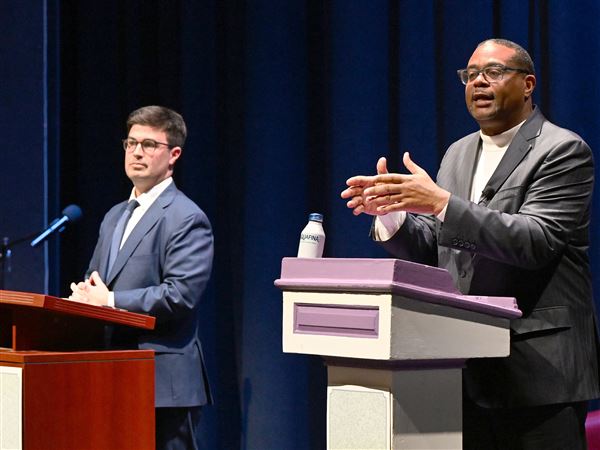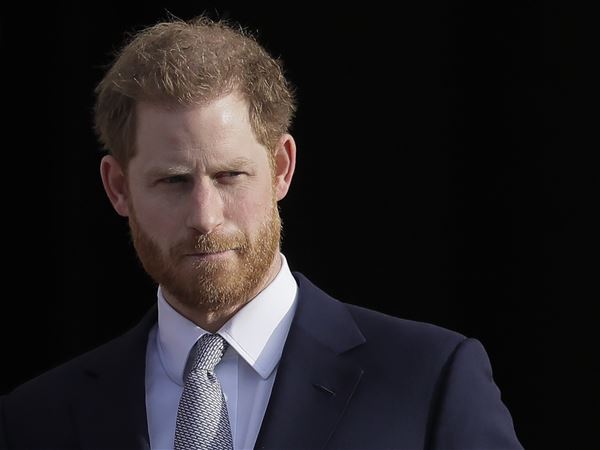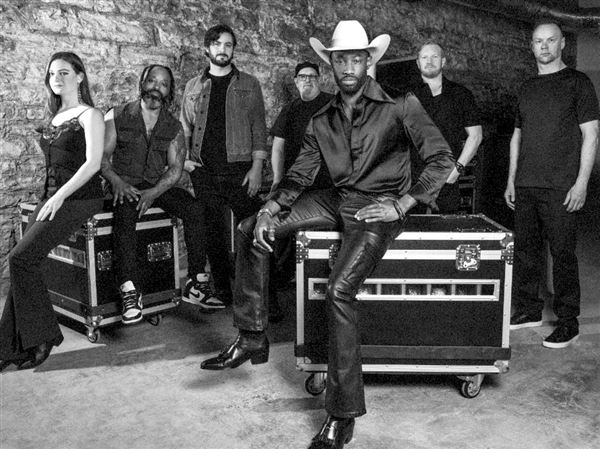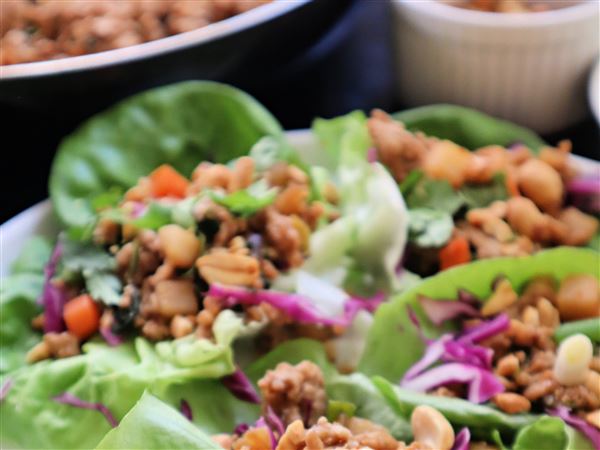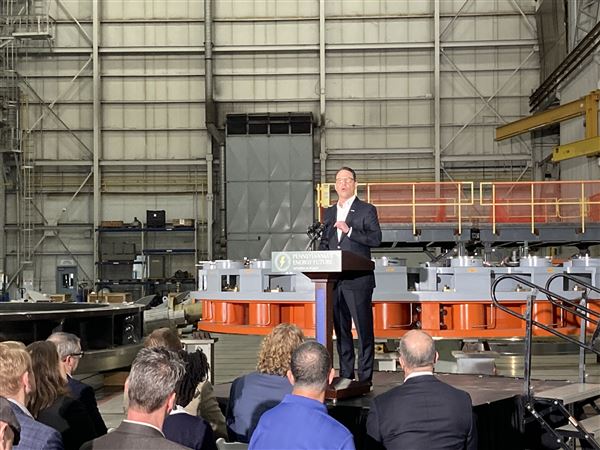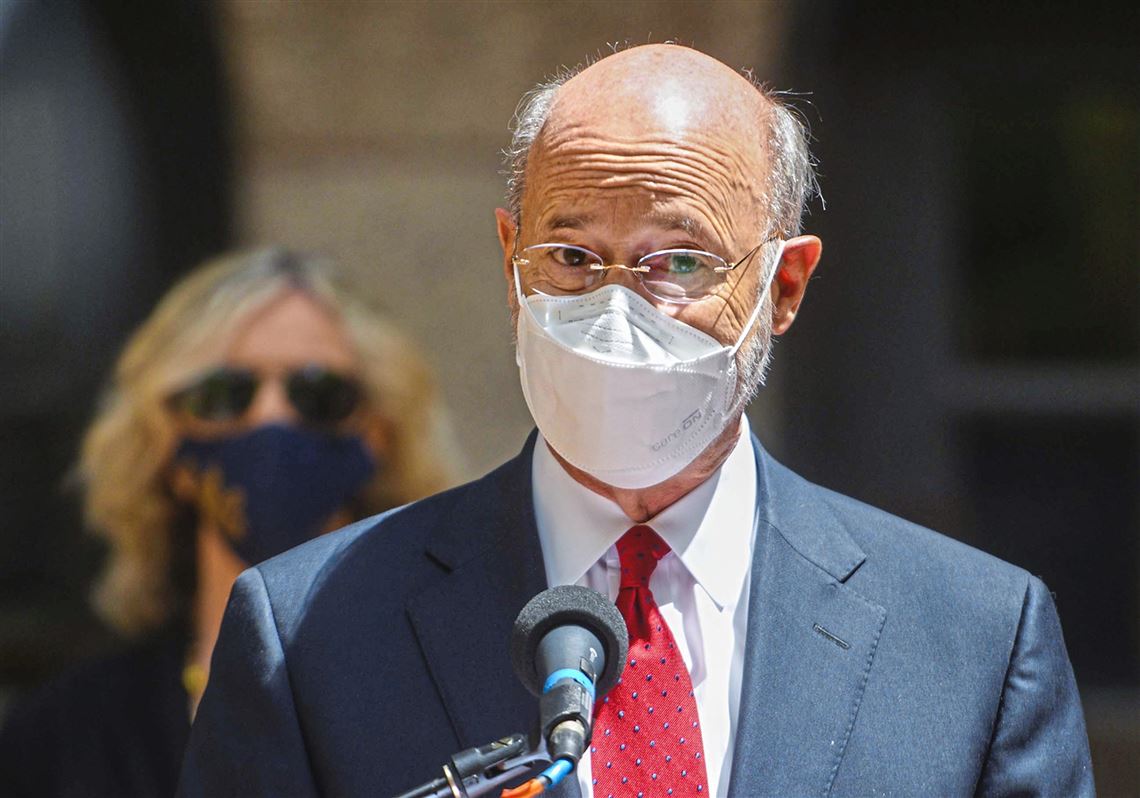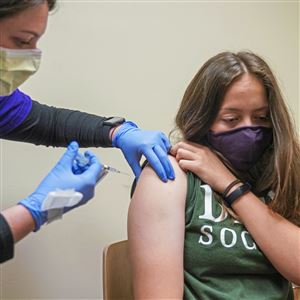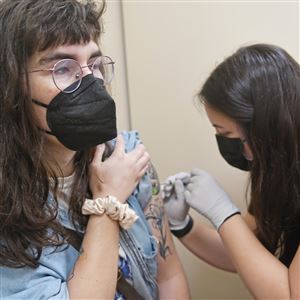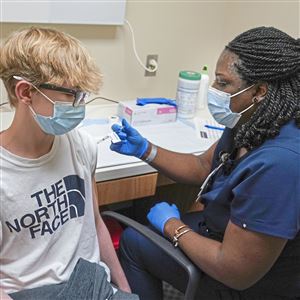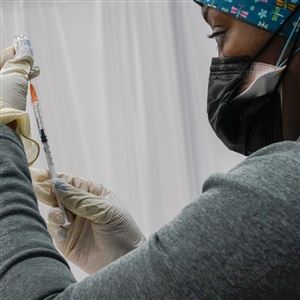Pennsylvania Gov. Tom Wolf said Tuesday that more than 79,000 residents were receiving the COVID-19 vaccine each day.
“We appreciate the commitment of our fellow Pennsylvanians in continuing this fight as COVID-19 remains a threat in our community,” he said in a news release.
But 79,000 residents hadn’t been vaccinated that day or any of the previous five days, according to state Department of Health records, as the overall number of shots continues a six-week slide in Pennsylvania. Department of Health data show just 51,826 shots being administered Tuesday — or about one-third fewer than the total cited by Mr. Wolf.
Adding to the confusion, the department issued a release a few hours before Mr. Wolf’s statement, saying that more than 67,000 people a day were receiving the shots, based on a seven-day rolling average. Which is it?
A spokesperson for the governor’s office was unavailable late Wednesday.
The numbers matter. Getting as many people inoculated against COVID-19 is key to preventing both the spread of the disease and the emergence of variants, which may be more contagious and deadly, and getting it done fast is key.
The mixed messages reflect the state’s ongoing struggle to tame an unprecedented public health crisis marked by missteps in vaccine distribution and confusion over multiple vaccine registration websites that frustrated many people seeking the shot. More recently, the issue of vaccine hesitancy has emerged as an obstacle to reaching herd immunity, the point at which the spread of the disease is effectively stopped because a majority of the population is protected.
The decline in the number of shots given to Pennsylvanians began April 1, a peak reached since the vaccines first became available in December. The total number of jabs fell 64% to 51,826 on Tuesday from a peak of 143,780 given April 1, according to Health Department records.
For the first of the typical two-shot regimen — which reflects the number of new people getting vaccinated — the decline was even steeper, 11,187 Tuesday from 81,936 on April 1 for a drop of 86%.
The good news is that 46.2% of the state’s adult population has been vaccinated as of Wednesday, which is better than the U.S. overall rate of 35.1%, according to the Centers for Disease Control and Prevention, and the number of cases, hospitalizations and deaths has been declining. Moreover, the decline in the number of shots administered in Pennsylvania mirrors a downward trend across the U.S. that also began in April.
In a report issued May 4, the Kaiser Family Foundation found that the decline in the number of first shots given in Pennsylvania was steepest in the nation at 86.5% based on the weekly percentage change in first shots administered per population of 100,000. But KFF, citing a data anomaly, has since revised the decrease to just 12.8%.
Falling demand pushed Pennsylvania to a tipping point — when supply first exceeds demand — during the week of April 26, when the federal government supplied more vaccine than doctors, pharmacies and other providers asked for — 564,230 doses requested compared with 574,140 doses provided, according to the Health Department.
The gap widened the following week, when providers requested 399,700 doses, while the federal government supplied 611,840 doses. For the week of May 10, the federal government supplies increased to 618,160, but the Health Department on Tuesday said the provider requests hadn’t yet been tallied.
Excess shots are held by the federal government in case of demand increases in the state, a Health Department spokesman said. The falling number of requests won’t affect administration of vaccines to 12- to 15-year-olds, which acting Health Secretary Alison Beam said Tuesday could begin later in the week following a federal advisory panel review. In Allegheny County, a few adolescents have already received their first dose.
Despite the confusion in vaccination numbers, Anna Nagurney, the Eugene M. Isenberg chair of integrative studies at the University of Massachusetts in Amherst, praised Pennsylvania’s response to the rapidly evolving public health crisis. But Pennsylvania lagged behind 16 other states in percentage of population that had been fully vaccinated as of Tuesday, a surprise considering Pennsylvania’s heft in academic medicine.
“It’s getting much better in Pennsylvania and neighboring states,” said Ms. Nagurney, who gave high marks to Health Department websites that she found informative. “The response has definitely improved, owing to ego and competition with neighboring states.
“It’s been a year of suffering and lessons learned, too,” she said. “I hope the lessons really register for the next time.”
Kris B. Mamula: kmamula@post-gazette.com or 412-263-1699.
First Published: May 12, 2021, 11:20 p.m.
